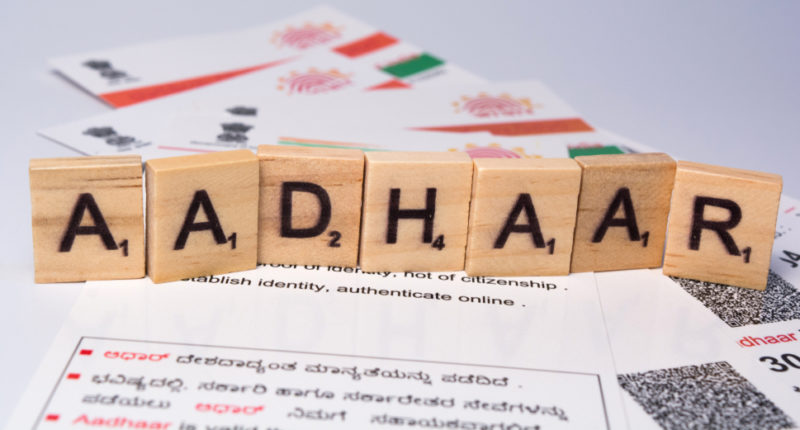The Unique Identification Authority of India (UIDAI) has recently announced new norms related to Aadhaar card updation.
The UIDAI has issued a notification to amend the Aadhaar (Enrolment and Update) rules. The aim is to introduce user-friendly changes while making Aadhaar enrollment and updates more accessible for resident individuals and Non-Resident Indians (NRIs) who have Indian addresses as well.
These regulations are likely to be referred to as the Aadhaar (Enrolment and Update) Amendment Regulations, 2024, as per the UIDAI notification. Here’s the lowdown on the changes introduced by UIDAI related to Aadhaar card updation:
Updated forms to ensure convenience: UIDAI has unveiled new forms for both the purposes of Aadhaar enrolment and updates. These new forms are customised for residents and NRIs, with specific categories depending on age and address. The overall approach is aimed at negating any confusion while streamlining the application process.
Update information in two ways: Moving away from the previous rules, the new norms offer two easy ways to update information in the Central Identities Data Repository (CIDR).
Individuals can either visit an enrolment centre (Aadhaar Seva Kendra) or utilise the official website or mobile application for seamless updates. This is unlike the 2016 rules, which only permitted online address updates.
Form replacements for better clarity: More simplified versions have been introduced as against the existing forms for Aadhaar enrolment and details updates. The updated Form-1, designed for residents and NRIs with an address in India as proof aged 18 and above, now streamlines the process and ensures clarity in the information provided.
Specific forms, such as Form-2 for enrolment and updation, have been unveiled for NRIs, especially those with addresses outside India. NRIs are needed to furnish a valid Indian passport as proof of identity, and an email ID becomes mandatory.
Forms 3, 4, 5, 6, and 8 have been unveiled for enrollment and updates for children of various age groups, both resident and NRI. The updated guidelines also address the enrolment of resident foreign nationals, both above and below 18 years of age, introducing Forms 7 and 8, respectively.
Foreign nationals are required to give details such as a foreign passport, Overseas Citizenship of India (OCI) Card, valid long-term visa, and an email ID. Documented proof for complete date of birth: The requirement for documentary proof in case the age of an individual is declared or approximate is one of the key changes introduced.
This will ensure that the complete date of birth is printed on the Aadhaar card, giving a fillip to accuracy and authenticity, as per UIDAI.
Updates to be initiated from time to time for continued accuracy: The UIDAI has introduced Form-9, underscoring the need for Aadhaar number holders to update documents or information every 10 years from the date of the Aadhaar generation.
The aim is to ensure the continued accuracy of information in the CIDR. The UIDAI is actively motivating individuals to update their Aadhaar details, especially if not initiated in the past 10 years.

Rajiv is an independent editorial consultant for the last decade. Prior to this, he worked as a full-time journalist associated with various prominent print media houses. In his spare time, he loves to paint on canvas.





